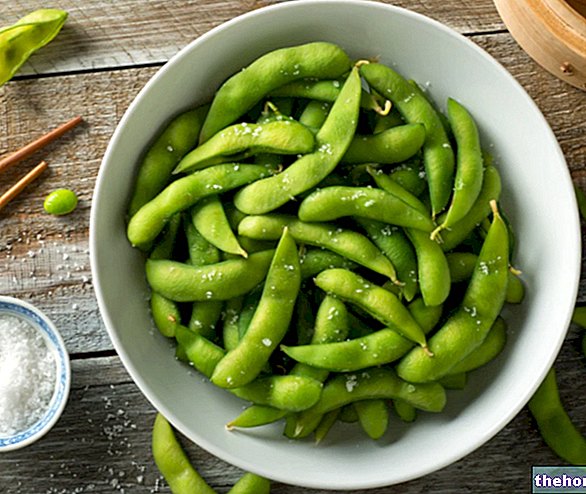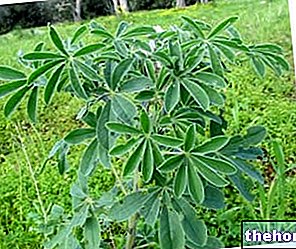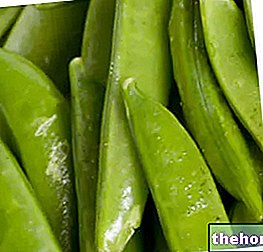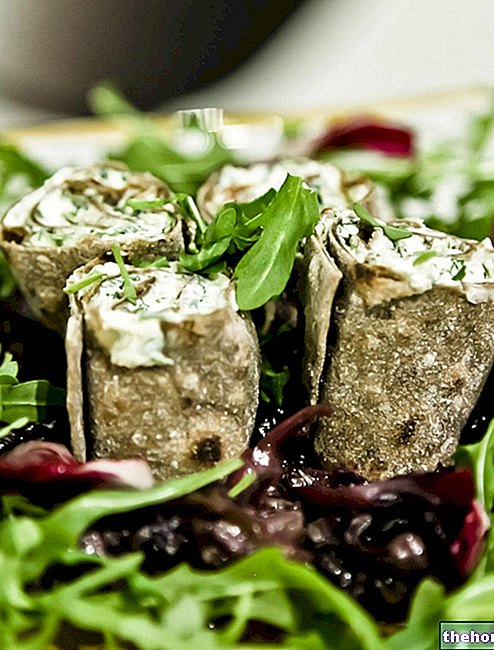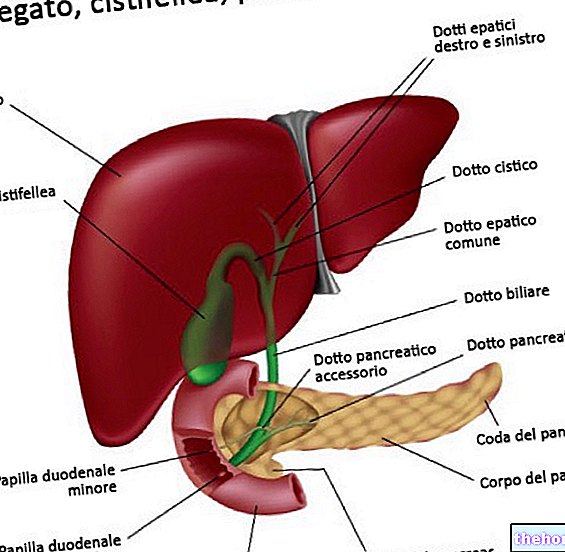Premise
Altramuz chocho blanco in Spanish, Wolfsbohne in German, white lupine in English and white lupine in Italian: it is a legume known in botany as Lupinus albus L., belonging to the Papilionaceae Leguminosae family, and originally from Eastern Countries.

Lupins are highly energetic legumes, which have entered the Mediterranean diet at three hundred and sixty degrees. Currently, however, rather than eat them as a meal, lupins are usually enjoyed as a snack, becoming a symbol of popular festivals.
Cultivation and diffusion
The lupine plant has been cultivated since ancient times in the Mediterranean and Middle East areas, thanks to its marked adaptability to acidic and arid soils, and to difficult and unfavorable climates. But that's not all: since ancient times, the plant's remarkable ability to benefit the soil has been observed, even improving its fertility. [Taken from www.agraria.org/]
At one time, the production of lupins was quite abundant, given the consistent market demand: over time, the demand for lupins collapsed, especially following the displacement of the poorest areas of the population, areas where the lupine - considered its scarce commercial value - had won a leading role in nutrition.
Currently, the cultivation of lupins is particularly widespread in the southern areas.
Botanical analysis
As we have seen, Lupinus albus belongs to the same family of beans, broad beans and lentils, only some of the numerous species of Papilionaceae Leguminosae. The plant has a little branched stem which, generally, does not exceed 70 centimeters in height, but can sometimes reach one and a half meters. The leaves, alternate and palmate-compound (each of which consists of 5-9 leaflets arranged along the peduncle), show a delicate down on the lower page, while the upper one is glabrous; particular is the movement of the leaves according to the movement of the sun in the sky.
The lupine plant has large showy and whitish flowers, sometimes spotted with light blue.
The legumes, long and erect, contain crushed, lenticular and white-yellowish seeds, to be consumed preferably after cooking.
As mentioned above, lupins thrive easily on acid soils, a peculiarity that distinguishes the plant from other legumes, lovers instead of mostly calcareous soils.
Nutritional analysis
Being legumes, lupins are also included among the energy vegetables, ensuring 114 kcal per 100 grams of product, with 69% water, 16.5% protein, 7% carbohydrates and the remaining 6.5% divided between fiber and fat.
Lupins act as a mine of mineral salts, in particular iron and potassium, as well as having a modest amount of vitamin B1.
Chemical composition
Among the various components of lupine, alkaloids certainly play an important role: they are lupotoxin, lupanine and oscilupanine, found in fresh and raw lupine seeds. In addition to the alkaloid component, lupins are characterized by variable percentages of organic acids, resins, lupeol, galactose, arginine, vanillin and lecithin.
Lupins and alkaloids

In order to make lupins edible, a brine is needed, which is useful for "extracting" the bitter and toxic alkaloids.
Food uses
As we have seen, lupins are mostly eaten as a snack, rather than a meal. In any case, lupins are also used for the production of flour, but in this case the consumption is mainly destined to feed livestock.
In the past, the seeds of the lupine plant were used as a substitute for coffee: the taste of "lupine coffee" is very bitter, so to sweeten the aroma it is advisable to mix the powder with barley or wheat.
On the market, lupins are mostly found cooked and vacuum-packed, therefore practical, ready for consumption and rich in all the nutrients present in them.
Dried lupins, which require soaking time before cooking, are less popular.
Phytotherapeutic uses
In ancient times, the consumption of lupins was considered a good natural remedy to combat eczema and scabies: currently, the phytotherapeutic properties of lupins are used mostly for diuretic, emmenagogue and aperitif purposes, as well as representing a possible natural febrifuge (in the form of a decoction of lupins). Lupine flour is sometimes used as a vermifuge and anthelmintic.
Lupins can also be consumed by celiacs because they do not form gluten.
Future expectations
Lupine is also valued for its nutraceutical and medicinal properties.
Unlike other legumes, lupine contains traces of lecithin inhibitors, trypsin, isoflavones and cyanogenic compounds. Precisely because of the co-presence of these substances, lupine soon became the object of study and "interest in the medical-scientific field: probably, lupine conceals extraordinary properties in the prevention of cardiovascular diseases, hypertension in particular. Clearly, the studies have so far only been conducted. on animal guinea pigs (rodents), but the results appear unexpected and at the same time extraordinary: after a diet based on lupins, the total cholesterol and LDL in the rodent underwent a sharp reduction.
Another hypothesis under investigation is that according to which lupins would be a valid help against hyperglycemia (potentially hypoglycemic properties): it seems that lupine can somehow be considered a surrogate for insulin, useful in mild diabetes mellitus. and medium severity.
All the theories just described clearly need scientific confirmation, both at an experimental and clinical level; however, the experts are optimistic about it, as well as hopeful on the possibility that lupine may soon become a new therapeutic strategy for the prevention of cardiovascular diseases and diabetes.
Lupins in brief, summary on lupins "
Other Foods - Legumes Peanuts Chickpeas and Chickpea Flour Cicerchie Beans Azuki Beans Green Beans Broad Beans Falafel Chickpea Flour Bean Flour Bean Flour Lentil Flour Pea Flour Soy Flour Legumes Lentils Lupins Peas Soy Jackdaws Tempeh Tofu Yogurt ARTICLES Soy OTHER Categories Alcoholics Meat Cereals and derivatives Sweeteners Sweets Offal Fruit Dried fruit Milk and derivatives Legumes Oils and fats Fish and fishery products Salami Spices Vegetables Health recipes Appetizers Bread, Pizza and Brioche First courses Second courses Vegetables and Salads Sweets and Desserts Ice creams and sorbets Syrups, Liqueurs and grappas Basic Preparations ---- In the Kitchen with Leftovers Carnival Recipes Christmas Recipes Diet Recipes Light Recipes Women's Day, Mum, Dad Functional Recipes International Recipes Easter Recipes Recipes for Celiacs Recipes for Diabetics Recipes for Holidays Recipes for San Valentino Recipes for Vegetarians Recipes p roteiche Regional Recipes Vegan Recipes


